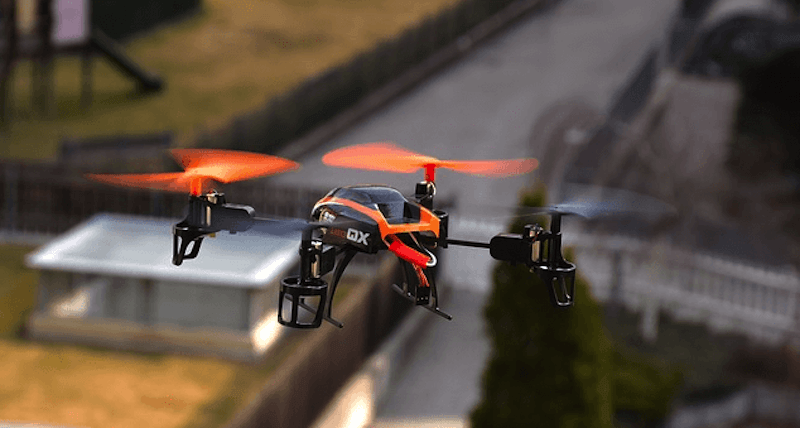The Directorate General of Civil Aviation has compiled a 37-page long guideline for flying drones in India. Previously, the drone flying activities in the country were mostly unregulated, and no specific instructions existed which dictated dos and don’ts about flying a drone. Now with these new set of norms, Airports Authority of India and Indian Air Force will keep a check on all drone flying activities across the country. Further, if any violation is found happening against the laid rules of DGCA, then the regulator will have the full authority to suspend the license of the drone owner or to take legal action if necessary. If you are someone who wants to fly a drone for photography or hobby, we recommend that you read further and ensure that you stick to the new norms set up by the DGCA. It is also worth noting that these rules will come into effect starting December 1.

Do’s
1. Drone controllers (except Nano drones in uncontrolled airspace up to 50 feet) should make sure that their drones comply with the “No Permission- No Takeoff” (NPNT) rules.
2. All drones operating in the controlled airspace (where the ATC services are active) should have a Unique Identification Number (UIN) obtained from DGCA and affixed on them.
3. If required, then the Unmanned Aircraft Operator Permit (UAOP) permit should be kept handy in case of commercial operations.
4. Drone controllers should obtain permission before each flight on Digital Sky Platform, available on DGCA starting December 1.
5. Interferences from mobile devices or other signals should be carefully monitored, and the drone should only be flown during daylight and in good weather.
6. The drone flight should only happen in the visual line of sight, as it would help you keep track of your drone.
7. Check your prospective airspace for “no drone zone” restriction and respect the privacy of other people during your flight.
8. Local police should be kept updated with your flying activities, and in case they approach you, then comply by providing them with all the required information.
9. All flights should be properly logged, and the concerned authorities should be immediately informed in case of an accident.
Don’ts
1. A nano drone should not be flown more than 50 feet from the ground level, a microdrone not above 200 feet from ground level while all the other drones should not be operated more than 400 feet from ground level.
2. Drones shouldn’t be flown near airports and heliports.
3. Flying drones over groups of people, public events, or stadiums is impermissible without required permission.
4. Strictly don’t fly drones over government facilities, military bases or no drone zones.
5. Also, drones shouldn’t be flown on private properties without explicit permission of the owner.
6. In controlled airspace near airports, drones shouldn’t be operated without filing flight plan or AAI/ADC permission (at least 24 hours before the actual operation).
7. Drones should not drop hazardous material from high altitude. Also, the drone controller shouldn’t be under the influence of drugs or alcohol during the flight.
8. To ensure safety, do not fly drones from a moving vehicle, ship or aircraft.















